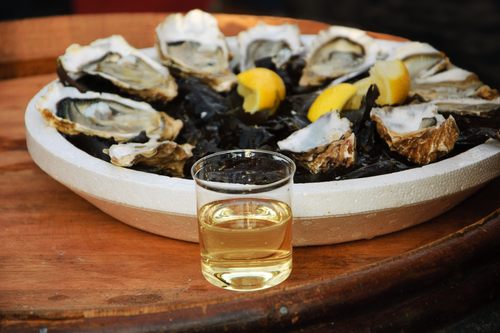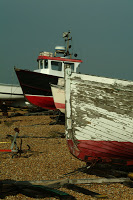 There has been a storm in a tea cup recently over the naming of French wines – our fellow Celts across the Channel in Brittany won a victory earlier this year over the DGCCRF (the French consumer fraud office) who had planned proceedings against winemaker brothers Christophe and Philippe Chéneau for their Breizh Gwin Gwen, or “Breton White Wine”.
There has been a storm in a tea cup recently over the naming of French wines – our fellow Celts across the Channel in Brittany won a victory earlier this year over the DGCCRF (the French consumer fraud office) who had planned proceedings against winemaker brothers Christophe and Philippe Chéneau for their Breizh Gwin Gwen, or “Breton White Wine”.
http://www.decanter.com/ reported that the DGCCDF objected to the use of “Vin Breton” on the, larger, back label of the bottle, as the wine is grown and vinified in the administrative region of the Loire. The smaller, legally more important, front label states that the wine is a Vin de Pays du Jardin de la France.
The DGCCRF could not pursue the brothers for using the phrase “Breizh Gwin Gwen” on the label as France does not officially recognise the Breton language. Breizh Gwin Gwen is a blend of Melon de Bourgogne (Muscadet) and Folle Blanche (a local variety).
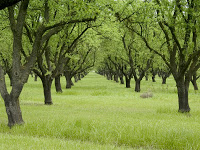 Brittany has strong Celtic roots. Celts from central Europe first settled there in the 6th century BC, naming it Armor, “land of the sea”. In the 5th and 6th centuries, a second influx of Celts – the Dumnonii tribe from Devon and the Cornovii from Cornwall – settled in Armor, fleeing the invading Angles and Saxons. They renamed the region Small Britain, after their homeland, Great Britain. Their impact was great – they brought with them the Celtic language.
Brittany has strong Celtic roots. Celts from central Europe first settled there in the 6th century BC, naming it Armor, “land of the sea”. In the 5th and 6th centuries, a second influx of Celts – the Dumnonii tribe from Devon and the Cornovii from Cornwall – settled in Armor, fleeing the invading Angles and Saxons. They renamed the region Small Britain, after their homeland, Great Britain. Their impact was great – they brought with them the Celtic language.
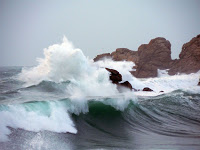 The case was dropped by the public prosecutor’s office in Nantes and supporters of the winemakers, including numerous Breton associations, said that the Loire Atlantique department is historically part of Brittany. (Nobody denies the fact that Loire-Atlantique is Breton but in 1936, Pétain outrageously divided Loire-Atlantique from the other Breton departments.)
The case was dropped by the public prosecutor’s office in Nantes and supporters of the winemakers, including numerous Breton associations, said that the Loire Atlantique department is historically part of Brittany. (Nobody denies the fact that Loire-Atlantique is Breton but in 1936, Pétain outrageously divided Loire-Atlantique from the other Breton departments.)
Muscadet is a Breton wine which has been under appellation d’origine contrôlée (AOC) since 1936. Muscadet, from the melon musqué Burgundy grape variety, has 4 appellations contrôlées: Sèvre et Maine, Coteaux de la Loire, Muscadet and Côtes de Grand-Lieu. Sèvre et Maine is the best-known, the densest and most widely cultivated, totalling 2/3 of national output.
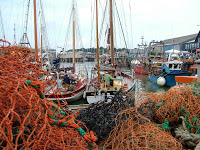 With Brittany laying claim to over a third of France’s entire coastline, wonderful fresh fish and seafood dominate the region’s menus. The most easily recognisable dish is the seafood platter, piled high with spiny pink lobster, shrimps and prawns, silver oysters, mussels, crab, scallops and clam. Equally delicious are the sea bass and bream, pollock and skate, grilled or poached, in a white butter sauce made with vinegar and shallots. Breton specialities are pancakes (crèpes, which usually have a sweet filling, and galettes, made from buckwheat and filled with a choice of a combination of cheese, bacon, eggs, mushrooms and onions) and cotriade, a fish stew traditionally made from conger eel and the remains of the catch.
With Brittany laying claim to over a third of France’s entire coastline, wonderful fresh fish and seafood dominate the region’s menus. The most easily recognisable dish is the seafood platter, piled high with spiny pink lobster, shrimps and prawns, silver oysters, mussels, crab, scallops and clam. Equally delicious are the sea bass and bream, pollock and skate, grilled or poached, in a white butter sauce made with vinegar and shallots. Breton specialities are pancakes (crèpes, which usually have a sweet filling, and galettes, made from buckwheat and filled with a choice of a combination of cheese, bacon, eggs, mushrooms and onions) and cotriade, a fish stew traditionally made from conger eel and the remains of the catch.
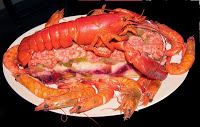 Generally, Breton cuisine is simple, with little use of sauces, and features much fish and seafood. Try palourdes farcies (baked clams stuffed with garlic, herbs and shallots) and pot au feu d’homard (lobster stew with shrimps, scallops, mussels and oysters). Brittany’s young lambs, raised on the salt meadows, are also very good, and a wide variety of vegetables are produced locally. The region’s few cheeses are all made from cow’s milk and tend to be relatively mild. Mingaux is a soft cream cheese, often served with fruit or simply sprinkled with sugar.
Generally, Breton cuisine is simple, with little use of sauces, and features much fish and seafood. Try palourdes farcies (baked clams stuffed with garlic, herbs and shallots) and pot au feu d’homard (lobster stew with shrimps, scallops, mussels and oysters). Brittany’s young lambs, raised on the salt meadows, are also very good, and a wide variety of vegetables are produced locally. The region’s few cheeses are all made from cow’s milk and tend to be relatively mild. Mingaux is a soft cream cheese, often served with fruit or simply sprinkled with sugar.
These are usually accompanied by a glass of locally made cider or apple juice. Brittany is the only place in France to have its cider recognised like wine as an appellation d’origine controlée (A.O.C.) and it is truly delicious.
This success in the cider industry also encouraged the development of pommeau de Bretagne, a subtle aperitif first developed in the 1970s through the expert blending of the fruitiest cider apples and apple brandy and which was awarded an Appellation d’Origine Contrôlée in 1997. As for Muscadet, the passion, faith, drive and talent of a group of winemakers led to it being recognised as both an excellent wine for accompanying food, and a quality aperitif.
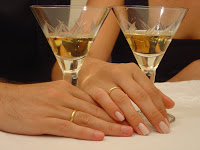 Buckwheat has returned to its rightful place throughout Brittany, and a Finistère distillery has created the first whisky in the world based on this dark grain. The drink is very popular in the region and means that Brittany need no longer hang its head on account of its whiskies. A quality apple brandy has also been developed, known as lambig or goutte. It bears the Fine de Bretagne label and holds its own among many other brandies distilled worldwide.
Buckwheat has returned to its rightful place throughout Brittany, and a Finistère distillery has created the first whisky in the world based on this dark grain. The drink is very popular in the region and means that Brittany need no longer hang its head on account of its whiskies. A quality apple brandy has also been developed, known as lambig or goutte. It bears the Fine de Bretagne label and holds its own among many other brandies distilled worldwide.
The decision to penalise Breton Wine has obviously been a political one, as the Bretons take pride in their individuality. As does Bordeaux. Being part of a whole does not necessarily mean belittling your roots – surely the better the roots, the healthier the whole?
Images Courtesy of www.yotophoto.com. www.flickr.com, www.sxc.hu.com, www.freefoto.com

